Menu: 3D Site Plan | Dive Videos | Site Detail
The site
The Bartholomew Ledge is a granite reef in St Mary’s Sound, situated about 600 metres to the south-west of the island of St Mary’s in the Isles of Scilly. The top of the reef is less than one metre below chart datum, so its location within a busy shipping channel makes it a hazard to shipping. At least seven ships are known to have struck the reef, most recently in 1997 when the 25,000 tonne cruise liner Albatros ran into the adjacent North Bartholomew Rock, removing about half a metre from the top of the rock. Partly as a result of this incident, the Bartholomew Ledge buoy was replaced in 2002 by a steel beacon fixed to the top of the reef.
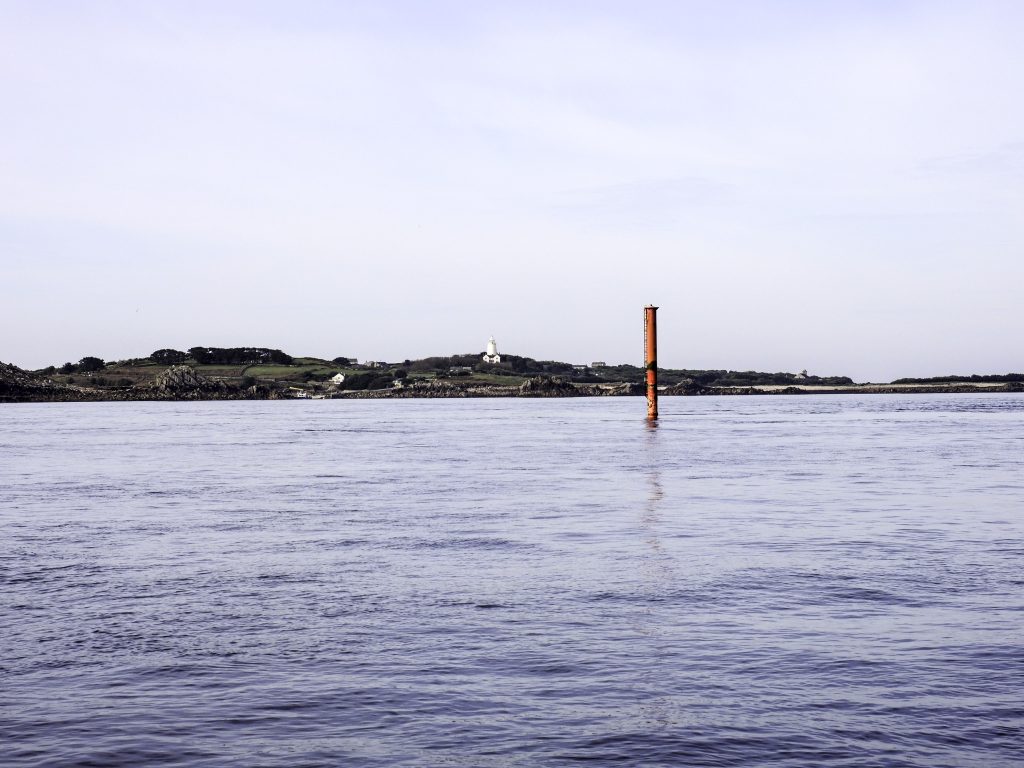
The Ledge consists of a rock pinnacle surrounded by gulleys and large boulders. Beyond the pinnacle, the seabed falls to 10-15m depth below chart datum. There are patches of sandy sediment in the gulley bottoms. The site is covered with a dense growth of tall kelp which hinders location and survey.
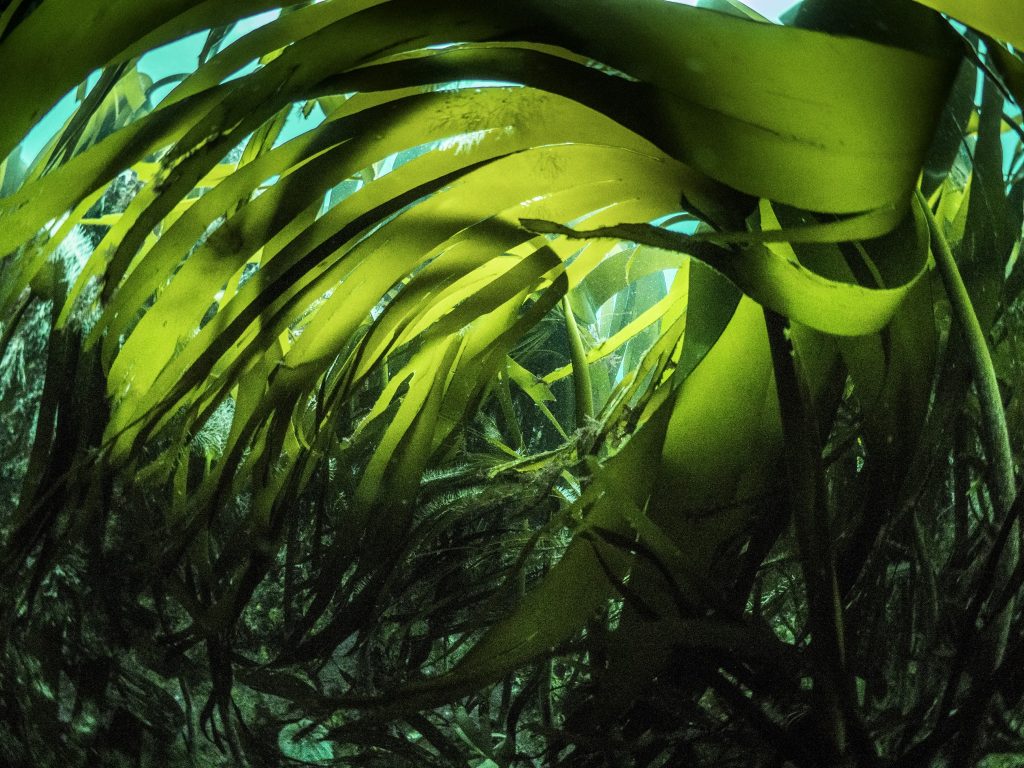
Site history
In the late 1970s, lead ingots and broken fragments of bronze bells were recovered from the vicinity of Bartholomew Ledge by local divers led by Mike Pirie. Over 100 ingots and in excess of 600 bell fragments were recovered, although accounts vary as to the exact quantity. These were thought to be consistent with a 16th century date. Sadly, only a handful of the ingots and bell fragments survive, the majority having been sold for scrap.
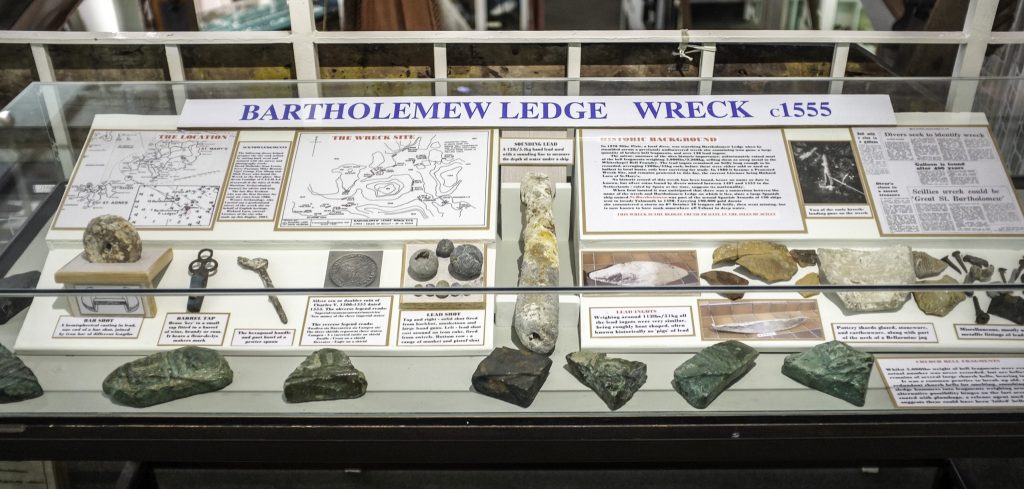
Other artefacts discovered included six silver coins with a date range of 1474 to 1555. What remains on the seabed are at least five iron anchors, 13 wrought iron swivel guns and two cast iron guns as well as a number of unidentified iron objects. Most of these items are consistent with a date some time in the second half of the 16th century. To date, no evidence of ship’s structure has been located. Current thinking suggests that the remains were part of the cargo of an unidentified armed cargo vessel, possibly of Iberian origin.
The site was designated on the 3rd October 1980.
Access to the site
Public access to the site is achieved by licence under the Protection of Wrecks Act. This licensing is currently administered by Historic England. The three dive charter boats operating in Scilly have annual licences to visit the protected wreck sites.

Finds
Many of the objects recovered from this site are now missing. The majority of the bell fragments were apparently melted down for scrap at the Whitechapel Bell Foundry.
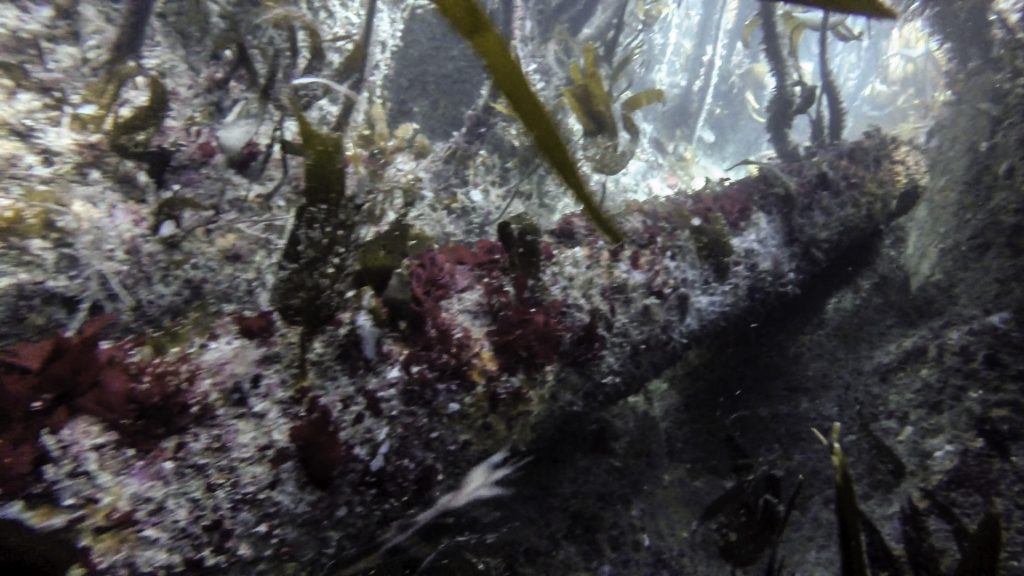
The fate of the lead ingots is uncertain – but these were also apparently largely ‘recycled’. One ingot and two bell fragments were seen at the Blue Boar public house (Dorset) in 2005. One ingot is in the British Museum. Two ingots, several bell fragments and a number of other artefacts are on display in the Isles of Scilly Museum.
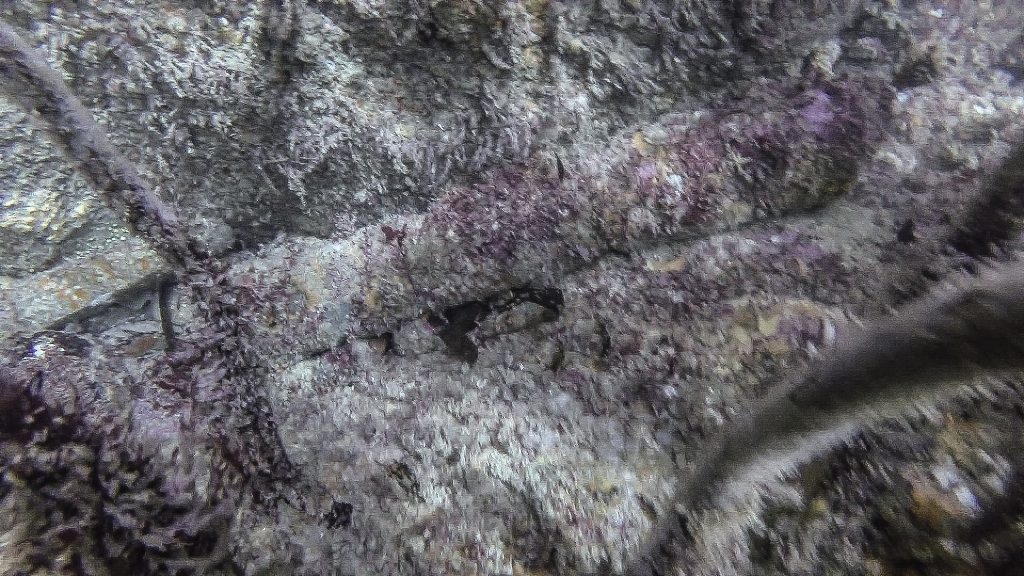
Historic England list entry
If you would like to find out more, view the Historic England list entry for Bartholomew Ledges.